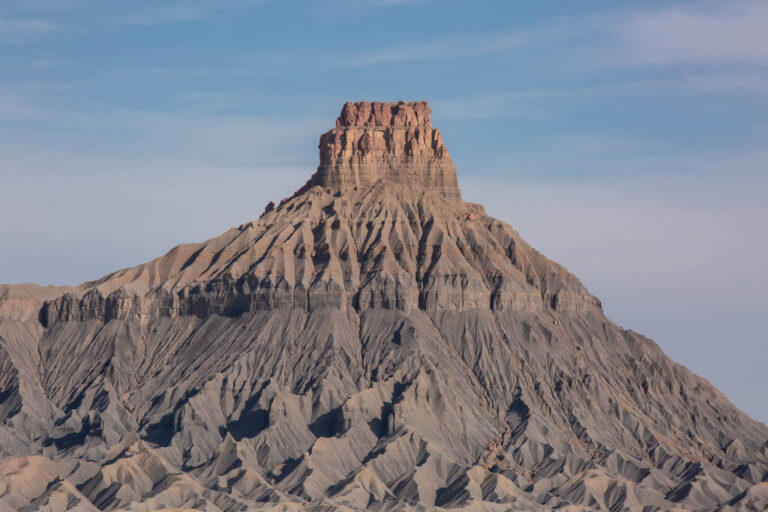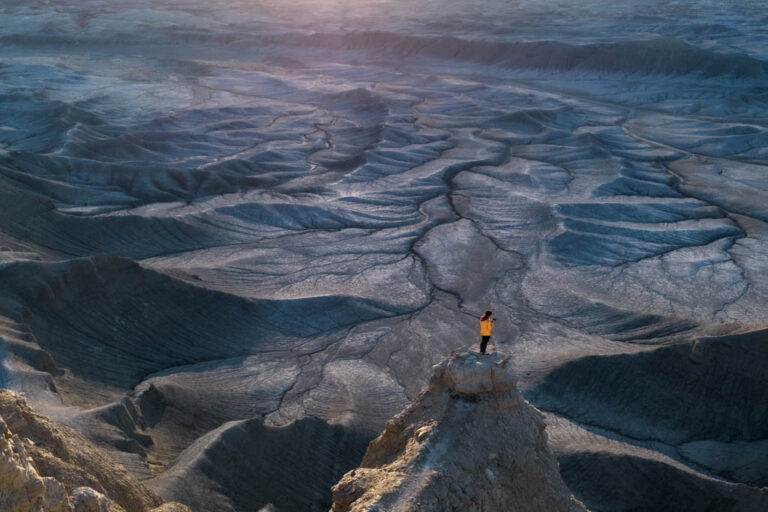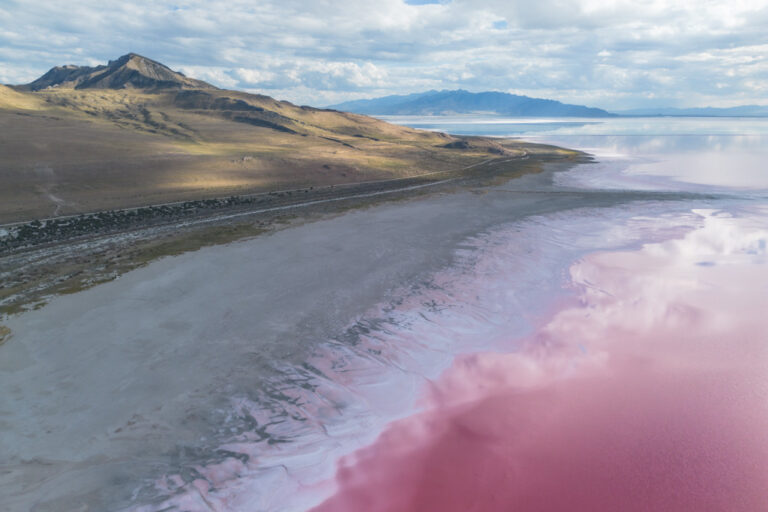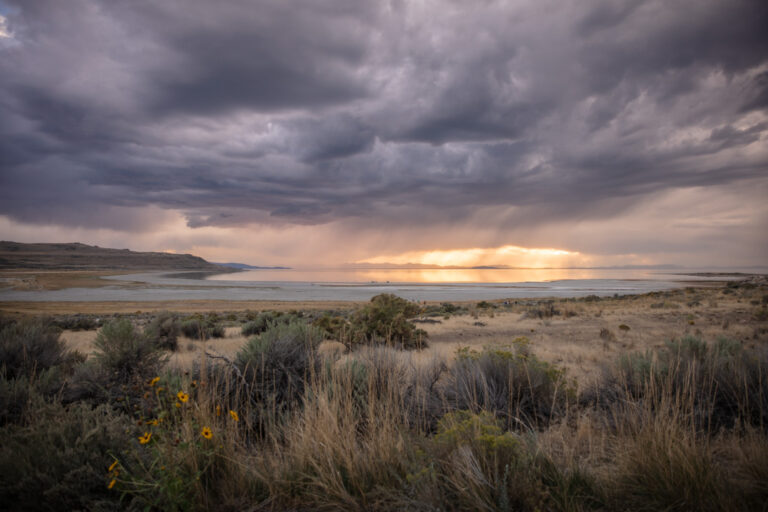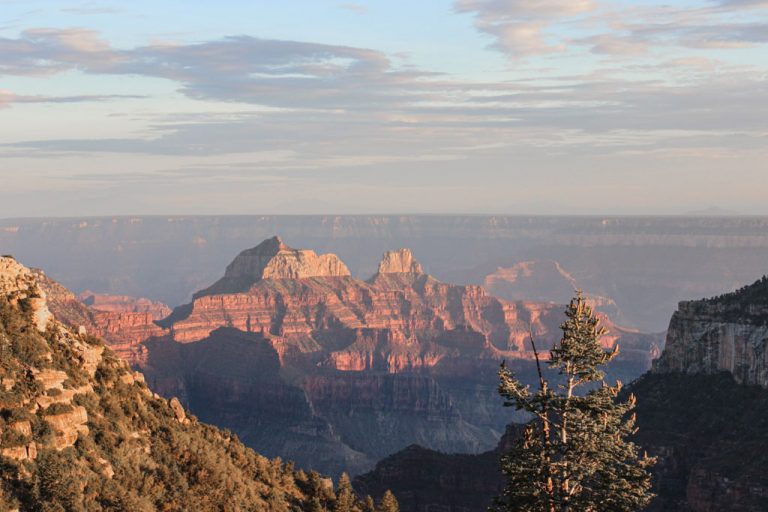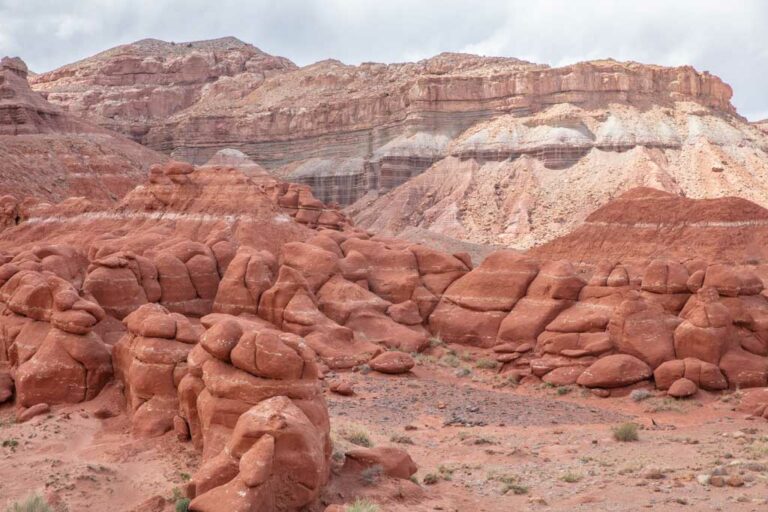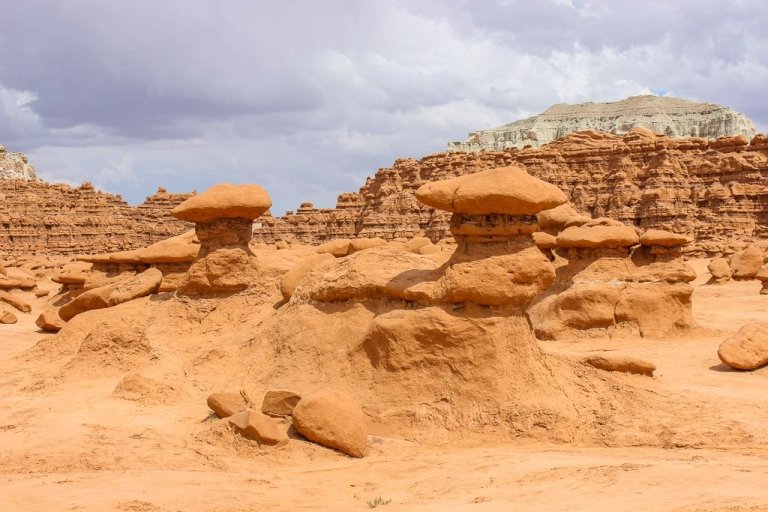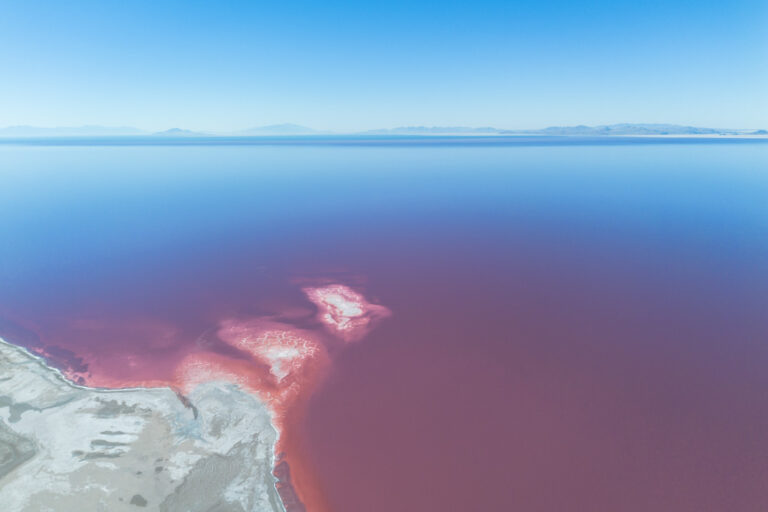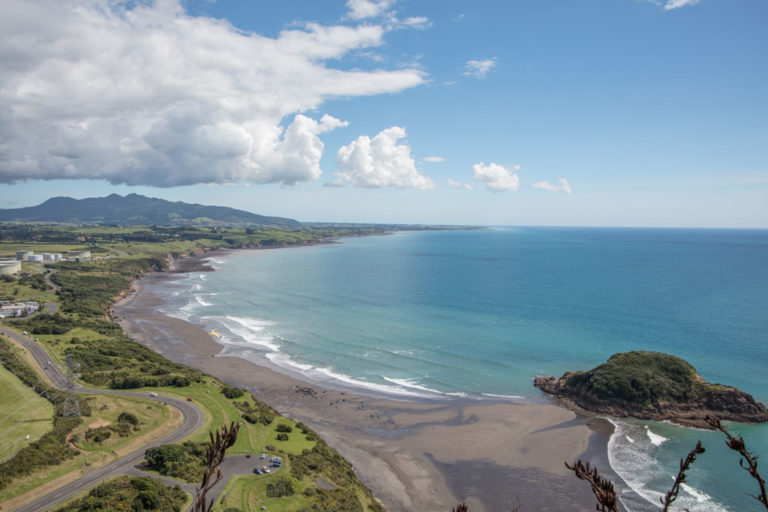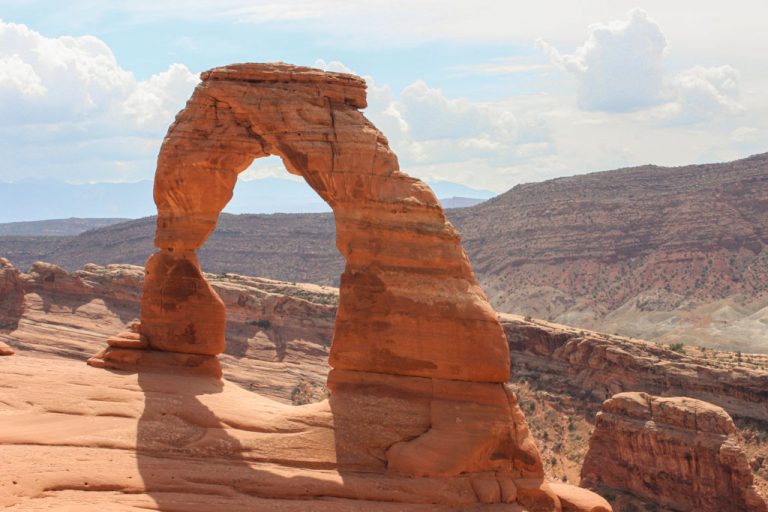
Visiting the Bonneville Salt Flats Near Salt Lake City
Visiting the Bonneville Salt Flats Near Salt Lake City was originally published in 2024
Not gonna lie, there are countless beautiful and out-of-this-world places to visit in Utah but one of the most esoteric is the Bonneville Salt Flats just west of Salt Lake City.
Utah’s famous Bonneville Salt Flats cover a massive expanse of land at over 30,000 acres.
Conveniently located just off of the I-80 between Salt Lake City and Wendover, the Bonneville Salt Flats are an easy day trip from the city.
Wanna see other Salt Flats around the world? Check out Salar de Uyuni in Bolivia and the Akhkon Salt Flat in Tajikistan
Need Travel Insurance and Evacuation Services for ?
Start shopping for travel insurance plans over at IATI Insurance. Readers of the Adventures of Nicole get a 5% discount off your plan.
The Adventures of Nicole partners with Global Rescue to offer the world’s leading medical evacuation and security advisory services. To travel with peace of mind, shop evacuation coverage at Global Rescue.
- How Were the Bonneville Salt Flats Formed?
- The Unique Microenvironment of the Bonneville Salt Flats
- How to get to the Bonneville Salt Flats
- Things to do at the Bonneville Salt Flats
- Best Places to Stay in Wendover
- Best Places to Stay in Salt Lake City
- Things to Know Before Visiting the Bonneville Salt Flats
How Were the Bonneville Salt Flats Formed?
The Bonneville Salt Flats are a unique destination, formed by a combination of geological and climatic processes taking place over thousands of years.
The origins of the Bonneville Salt Flats track back to the Pleistocene epoch, a time when the bygone Lake Bonneville existed.
Lake Bonneville was an enormous freshwater lake, fed by several rivers and streams, including the Snake River and the Provo River that covered a massive area spanning parts of what is now Utah, Nevada, and Idaho.
As time went on, the climate in the region of Lake Bonneville began to change. Temperatures increased while precipitation declined causing the water levels of Lake Bonneville to drop.
This mass evaporation eventually exposed the Bonneville Lakebed, revealing its sediments comprised of salts and minerals.
As Lake Bonneville continued to shrink, the above-mentioned salts and minerals became more concentrated in the scarce remaining water.
Eventually, all of the water of Lake Bonneville evaporated, leaving behind the ancient lake’s salt deposits, which we now know as the vast Bonneville Salt Flats.
The Bonneville Salt Flats are predominantly composed of sodium chloride (table salt), as well as other minerals such as gypsum and potash.
The Unique Microenvironment of the Bonneville Salt Flats
While they look quite barren and unwelcoming to lifeforms, the Bonneville Salt Flats are home to a unique microenvironment, making the area quite a special place.
That said, you’ll find plants, foliage, and animals that call certain areas of the Bonneville Salt Flats home, living with a sensitive ecosystem.
How to get to the Bonneville Salt Flats

The Bonneville Salt Flats are located about 110 miles west of Salt Lake City near the Utah-Nevada border.
To get there, take the I-80 west toward Wendover. Just before crossing the state line and the city of Wendover, you’ll reach a very obvious pull-off/parking area for the Bonneville Salt Flats.
Things to do at the Bonneville Salt Flats
The best thing to do at the Bonneville Salt Flats is to get out of the car and appreciate the unique sceneries and ecosystems brought on by millions of years of evolution and change.
Best Places to Stay in Wendover
- Check out the Super 8 Wendover by Wyndham (rates on rates on booking.com | hotels.com).
Best Places to Stay in Salt Lake City
- Budget travelers can check out the Kimball at Temple Square (rates on booking.com | hotels.com).
- If looking for a midrange option try the Crystal Inn Hotel & Suites Salt Lake City (rates on booking.com | hotels.com).
- Luxury travelers will want to splurge on the Hyatt Regency Salt Lake City (rates on booking.com | hotels.com).
Things to Know Before Visiting the Bonneville Salt Flats
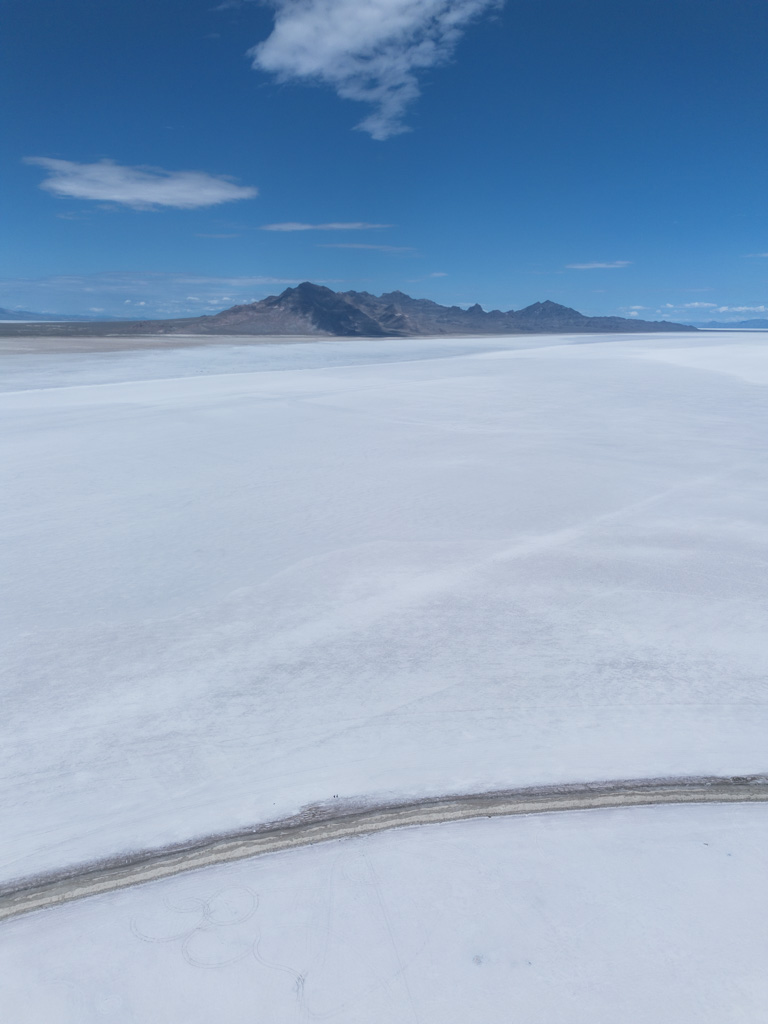
Entry to the Bonneville Salt Flats is Free
There is no fee to enter the Bonneville Salt Flats. The area has no official visitor center or hours.
That said, the Bonneville Salt Flats are sometimes closed to visitors when a race or event is going on such as the Bonneville Speed Week in August and World of Speed in September.
Driving on the Salt Flats
Believe it or not, you can drive on the Bonneville Salt Flats (I was surprised by this when I arrived. That said, if the salt flats are wet, it’s not recommended to drive on them as they can cause you to hydroplane and sometimes can get a bit like quicksand.
There actually is a raceway near the main salt flat area, known as the Bonneville Speedway.
Best Time of Year to Visit the Bonneville Salt Flats
Fall is the best time of year to visit the Bonneville Salt Flats as temperatures are more tolerable and the weather is decent.
Summer is another good time to visit, albeit very hot. Sunrise visits are recommended in summer to avoid the heat.
Winter and spring typically aren’t a great time to visit the Bonneville Salt Flats owing to crappy and usually wet weather, though it’s not impossible.
Best Time of Day to Visit the Bonneville Salt Flats
Sunrise and sunset are the best times to visit the Bonneville Salt Flats, especially for photographers. This is when you get the most colorful scenes out here on the salt pan.
Middle of the day, the Bonneville Salt Flats are blinding white as you can see in my photos as we didn’t heed my own advice and went there midday (we saved sunset for Stansbury Island’s pink lake and a sundowner champagne picnic).
Camping is not Allowed at Bonneville
Please note that camping is not permitted at the Bonneville Salt Flats. You can opt to stay over in nearby Wendover, Nevada, or back in Salt Lake City.
Restrooms at the Salt Flats
At the pull-off/parking lot for the Bonneville Salt Flats, there is a line of port-a-potties lined up to use, but there are no formal bathrooms.
There are no Restaurants at the Bonneville Salt Flats
There are no restaurants out at the Bonneville Salt Flats so plan ahead and pack a picnic or plan to grab a bite to eat en route from Salt Lake City or in Wendover.
Note that there is also no water out at the Bonneville Salt Flats, so pack drinking water with you.
Bring Sunscreen
Especially if visiting in the late spring, summer, or early fall, the sun is intense out here at the Bonneville Salt Flats and you will burn easily.
Poor Phone Reception
Mobile phones do work out here at the Bonneville Salt Flats but don’t expect it to work very well.
Drones are Allowed at the Bonneville Salt Flats
You can fly drones out here but they must be flown under 400 feet.
Have any questions about visiting the Bonneville Salt Flats?
Ask in the comments section below.

